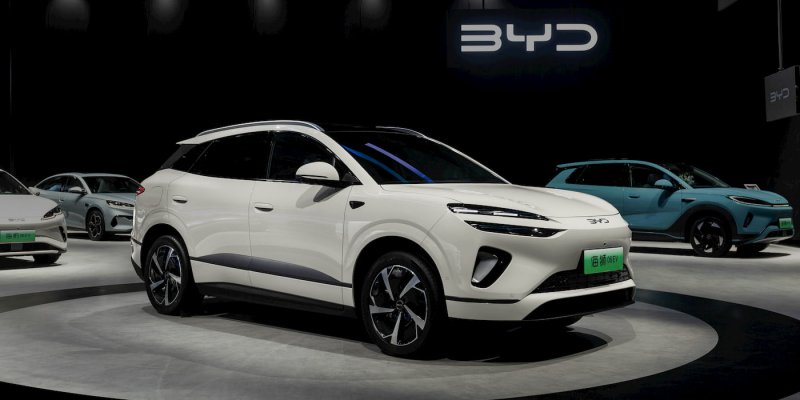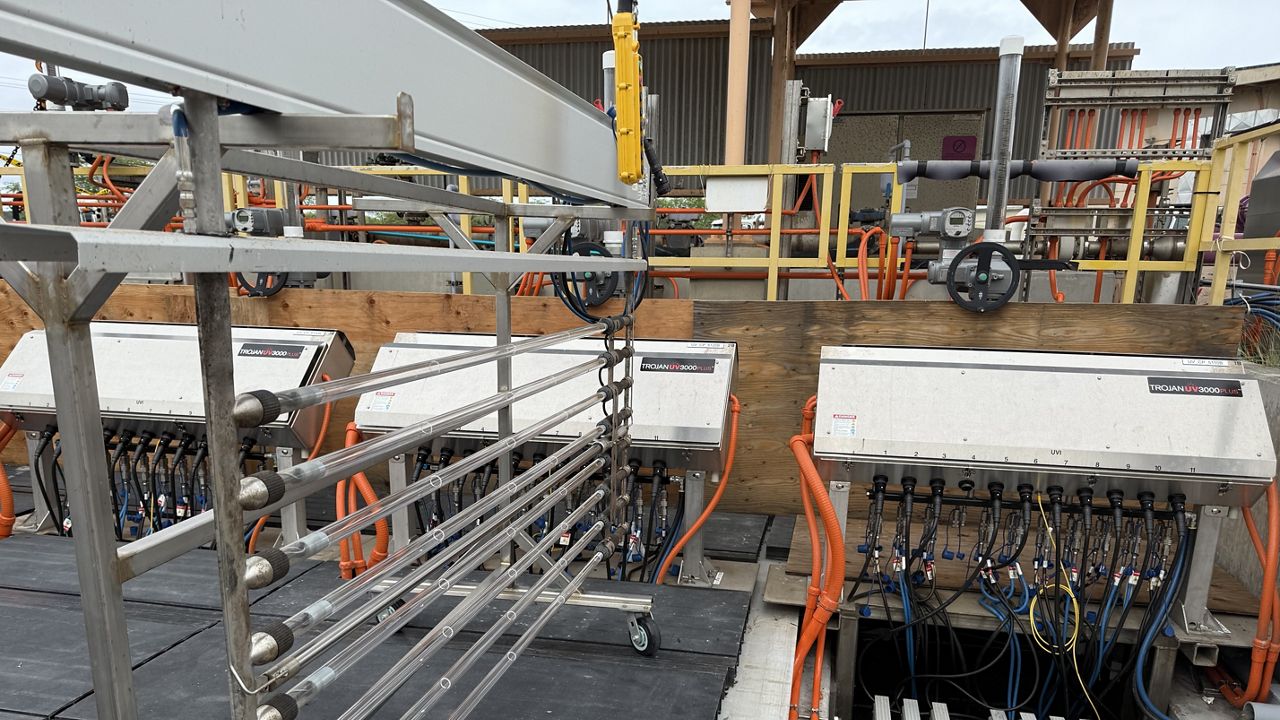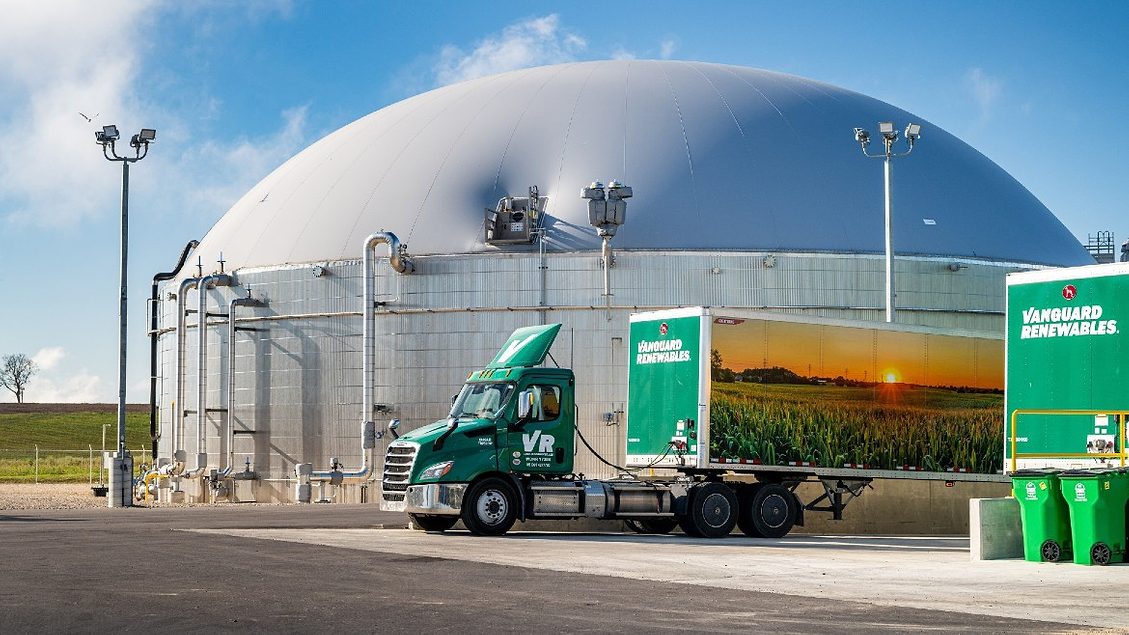The Latest Advances in Solar Energy and Their Impact on Clean and Affordable Energy Goals
This article explores recent solar innovations driving efficiency and accessibility, advancing towards sustainable energy goals and a brighter future for all.

In recent years, the solar energy sector has experienced a remarkable transformation characterized by groundbreaking innovations and technological advancements. These strides have propelled solar power into the forefront of the renewable energy revolution, paving the way for a more sustainable and efficient energy future.
One of the most notable achievements in the field has been the significant improvement in solar cell efficiency. Commercial silicon solar cells now boast efficiencies exceeding 22%, thanks to advancements in design, materials like perovskites, and refined manufacturing processes. This relentless pursuit of higher efficiency continues to drive innovation within the industry, promising even greater gains in the future.
Another groundbreaking development is the emergence of solar shingles, which seamlessly integrate solar cells into roofing materials. Offering both aesthetic appeal and space efficiency, solar shingles represent a significant leap forward in residential solar integration. They not only enhance the visual appeal of buildings but also contribute to grid resilience, making solar energy more accessible to homeowners.
Similarly, transparent solar panels, or solar windows, offer a novel approach to energy generation in buildings. By converting sunlight into electricity while maintaining transparency, solar windows promise sustainable energy without compromising architectural aesthetics or natural light. These innovative solutions are reshaping the way we think about energy generation and consumption in urban environments.
Recent breakthroughs such as solar power plants capable of generating electricity at night and solar cells equipped with sun-tracking capabilities further underscore the transformative potential of solar energy. Additionally, printable solar cells offer flexibility and versatility, enabling solar energy deployment in unconventional settings.
The significance of these advancements extends beyond technological innovation; they align closely with the Sustainable Development Goal (SDG) of clean and affordable energy (SDG 7). By enhancing solar efficiency, expanding deployment options, and driving down costs, solar energy becomes more accessible to communities around the world, contributing to a sustainable energy future for all.
Looking ahead, the future of solar energy appears brighter than ever. As technology continues to evolve and costs decline, solar power is poised to play a pivotal role in global energy transition efforts. With ongoing research and investments, the journey towards a clean, sustainable energy future powered by the sun is well underway.
In conclusion, while the journey of solar energy is far from over, the destination holds the promise of a brighter, more sustainable tomorrow for generations to come.
What is Your Reaction?
 Like
0
Like
0
 Dislike
0
Dislike
0
 Love
0
Love
0
 Funny
0
Funny
0
 Angry
0
Angry
0
 Sad
0
Sad
0
 Wow
0
Wow
0











































































